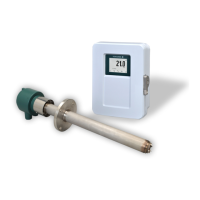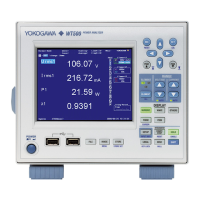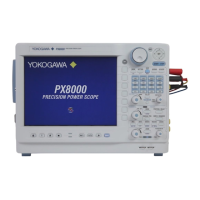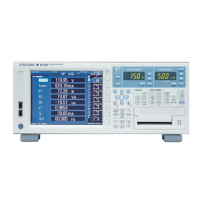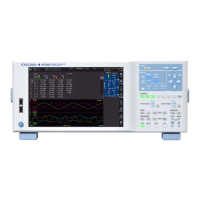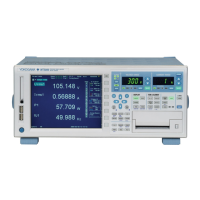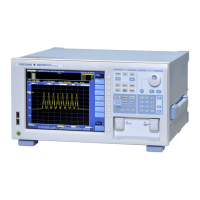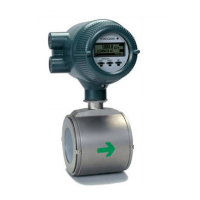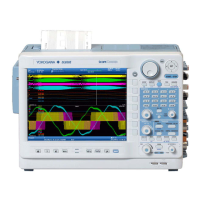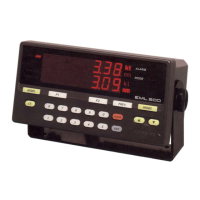
Do you have a question about the YOKOGAWA EML500 Series and is the answer not in the manual?
| Type | Electromagnetic Flowmeter |
|---|---|
| Operating Humidity | 5 to 95% RH (Non-condensing) |
| Lining Material | PTFE, PFA, or Hard Rubber |
| Electrode Material | Hastelloy C |
| Accuracy | ±0.5% of rate |
| Repeatability | ±0.1% of rate |
| Output Signal | Pulse |
| Communication | HART |
| Power Supply | 100 to 240 V AC, 24 V DC |
| Enclosure Protection | IP67 |
| Measurement Range | 0 to 10 m/s |
| Operating Temperature | -20 to +60°C |
Details the components of the EML500 system and their functions.
Explains the procedures for starting and stopping the EML500 system.
Provides a concise overview of all functions available in the EML500 system.
Provides general information about the EML500, its features, and approvals.
Explains the fundamental electromagnetic induction principle behind the EML500.
Details the technical specifications, measuring ranges, and accuracies of the EML500.
Lists essential precautions for safe and correct handling of the EML500.
Illustrates the overall system layout and interconnections of EML500 components.
Lists available models for each component of the EML500 system.
Describes the sensor unit, its components, and function in detecting ship speed.
Explains the function of the junction box as a repeater between the sensor and master unit.
Details the master unit's role in supplying power and processing sensor data.
Describes the master indicator's function in displaying speed and distance data.
Explains the function and types of speed indicators (single/dual indication).
Provides step-by-step instructions for starting and stopping the EML500 system.
Summarizes the functions of switches and keys on the master indicator panel.
Details the operational procedures and screen transitions of the EML500.
Covers setting functions like speed alarms and GPS input selection.
Outlines daily checks for the dimmer, speed indicator, error indicator, and lamp test.
Details periodic checks for the sensor, master indicator, and speed indicator.
Provides guidance for diagnosing and resolving common issues with the EML500.
Provides instructions for replacing the memory backup battery in the master unit.
Guides on inspecting the measurement rod, including cable, rod case, and sensor.
Outlines the procedure for checking and maintaining the seawater valve.
Details important precautions to follow before and during the installation process.
Explains how to set the response speed of the EML500 according to ship performance.
Covers parameter settings for master and analog indicators using dip switches.
Covers adjustment procedures like zero, sensitivity, and span adjustments.
Details milepost measurement methods for calibration and accuracy improvement.
Details how to configure the GPS interface settings for communication with the EML500.
Explains how to change the voltage output range for analog signals.
Describes the serial output signal formats, including NMEA0183.
Covers advanced maintenance functions like error compensation and sub-maintenance modes.
Provides the circuit diagram for the EML500 system.
Illustrates the block diagram of the EML500 master unit.
Shows the block diagram for the EML500 master indicator.
Presents the block diagram of the EML500 speed indicator.
Lists all components and their part numbers for the EML500 system.
Contains the certificate form for system installation and adjustment.
Provides a template for recording electromagnetic log calibration and measurement data.
Shows the contrast mapping between characters and their display representations.
